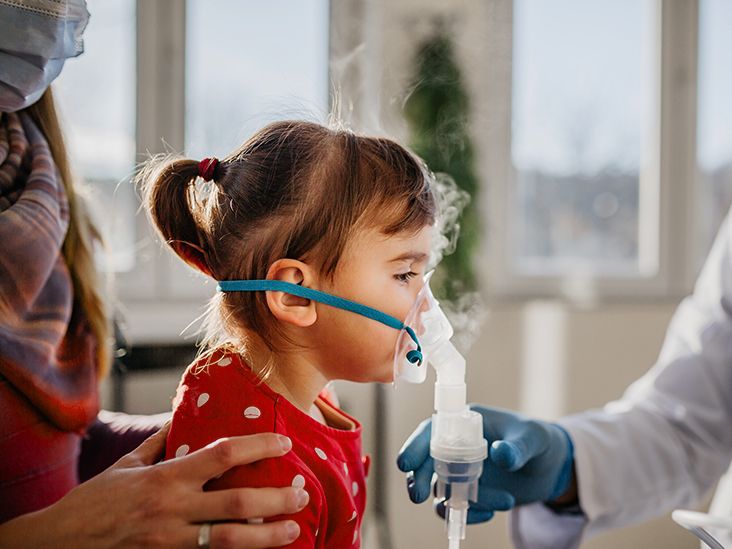You may be able to prevent post-COVID vaccine soreness by moving your arm or using a cold compress. For other vaccine side effects, an over-the-counter (OTC) pain reliever may help.
Mild side effects are common after vaccines and boosters. However, there are steps you can take after getting the COVID-19 vaccine to help prevent and manage these effects.
Keep reading to learn more about what you should do and avoid in the days following your vaccination.
If you have COVID-19 or have recently been around someone who tested positive, talk with your doctor or healthcare professional about when you should get the vaccine.
If you’re unsure where to go for your vaccine, you can check out the Centers for Disease Control and Prevention (CDC) vaccine locator tool. Some places may require you to make an appointment beforehand, while others offer walk-in services.
If it’s more convenient, you may be able to get your flu shot at the same time as your COVID shot.
If you need proof of vaccination, your state health department can provide an electronic or paper copy of your official vaccination record.
The day of your shot
Make sure to wear something loose that will allow the technician to access your upper arm easily. Vaccines are sometimes given in private rooms or behind screens, but they may also be given in full public view. Therefore, you’ll likely need to stay fully clothed during the process.
Let the technician know which is your dominant arm. Since pain, discoloration, and swelling at the injection site are common side effects, you may prefer to get the injection in your non-dominant arm.
Once you’ve received the vaccine, a healthcare professional may ask you to remain at the vaccination site for up to 15 minutes. This ensures you receive medical attention if you experience an allergic or adverse reaction. Even though these occurrences are rare, this precaution is important for safeguarding your health.
Side effects are common after COVID-19 vaccinations. However, you may not have any side effects, which doesn’t mean the vaccine didn’t work.
Common side effects that may occur within hours or days of getting the shot include:
- pain, swelling, and discoloration at the injection site
- fatigue
- headache
- fever
- chills
- muscle pain
- joint pain
- nausea, vomiting
Some people may experience more intense vaccine side effects after getting the second shot of a two-dose vaccine. Booster shot side effects are similar to those from the two-dose or single-dose primary shot.
To reduce common side effects, try out these tips:
Avoid strenuous activity
Avoid scheduling grueling activities or exercise for a day or two after vaccination. You don’t know how you’ll feel and may wish to rest or relax.
Ice your arm
You can apply a cold compress, such as a cool washcloth, on the injection site to help reduce swelling and relieve pain. You may also want to use an ice pack, although you shouldn’t apply this directly to the skin. You can wrap the ice in a clean cloth or paper towel and apply it for 15 to 20 minutes at a time.
Keep it moving
It’s best to keep moving and exercising the arm you got your vaccine in. Using your arm as much as you can may help reduce pain and swelling.
Take an OTC pain reliever
Talk with your doctor or healthcare professional about whether it’s safe for you to use over-the-counter (OTC) pain relievers like aspirin, acetaminophen (Tylenol), or ibuprofen (Advil/Motrin).
When it’s safe to do so, the CDC says that people over 18 can use OTC pain relievers to reduce discomfort in the arm and treat vaccine side effects like muscle pain and headaches. These medications also help lower fevers.
Always talk with your child’s doctor before giving them any new medications.
Stay hydrated
Drink plenty of water and other fluids to avoid dehydration from fever. Alcohol and caffeinated beverages like coffee can contribute to dehydration, so avoid those until you’re feeling better.
Get plenty of rest
Get plenty of sleep, especially if you feel achy or sick. If you don’t want to sleep, you can relax and let your body rest while the vaccine begins its work.
Continue to take precautions
It takes about 2 weeks for your vaccine to become fully effective. You won’t be fully protected during this time and can still catch and pass along the COVID-19 virus.
Log your symptoms
You can log your symptoms (or your child’s) and report them to the CDC if you choose to. This helps the CDC monitor vaccine side effects in real-time. To report your symptoms, sign up for
If you have any of these symptoms after getting your vaccine, seek emergency medical care:
- chest pain
- shortness of breath
- erratic or irregular heart rate
- fluid buildup that causes swelling in the legs, ankles, and feet
- fainting
If you have side effects that don’t improve after a few days, you should talk with a doctor.
According to
- myocarditis (inflammation of the heart)
- pericarditis
- Guillain-Barré syndrome
- tinnitus
- thrombosis with thrombocytopenia syndrome
Other research has suggested tinnitus, a ringing in the ears, may be associated with the COVID-19 vaccine.
Yes. Fever, chills, and muscle aches are common after vaccination. They generally don’t last longer than a day or two. However, not everyone experiences these side effects.
If you think you may have COVID-19, get tested as soon as possible. You can use an at-home test or go to a testing center.
It’s still possible to get COVID-19 after you’re fully vaccinated. Testing is important because symptoms tend to be milder after you’re vaccinated. And some people have no symptoms at all.
If you test positive, isolate yourself until you test negative, so you don’t spread the virus to others. If you have symptoms, you can contact your doctor about prescription medications that may help you get better quicker.
Yes, the CDC says adults can take an over-the-counter (OTC) pain reliever to treat post-vaccine discomfort, as long as it is safe for them to do so.
Talk with your doctor about OTC pain relievers like aspirin, ibuprofen (Advil, Motrin), and acetaminophen (Tylenol) to determine which ones are safe for you.
It’s a good idea to gently move and exercise the arm where you got the injection. If you have no side effects and feel fine, there’s no reason why you shouldn’t enjoy other forms of exercise, provided you remain hydrated.
If you have a fever, muscle aches, or don’t feel up to it, avoid strenuous exercise for a day or two until you feel better.
The COVID-19 vaccine has overwhelmingly been shown to be safe and effective in most people. But mild, transient side effects are common.
Strategies like remaining hydrated, icing your arm, and resting may help lessen or avoid side effects.










